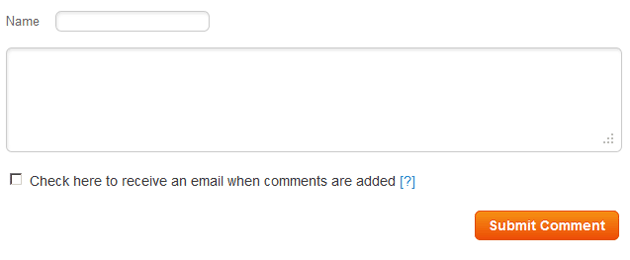Question
Topic: Research/Metrics
Local Market Research To A Broad Target Audience
What is the best way to conduct local market research for a client who is targeting a very broad demographic? Typically I would conduct a survey or small focus group if the audience is targeted to a certain demographic or industry, however this target audience is extremely broad (M/W 25-64 as well as seniors living in assisted living). Without spending money hiring an expensive research firm, is there an effective way that I can handle this myself? Any suggestions, feedback or ideas would be highly appreciated!
Related Discussions
- Capturing Event Roi - In-person Events
- Looking For Marketing Research Participants
- Looking For Marketing Research Participants
- Where To Find A Companies Marketing Budgets
- How Do I Analyze Published Content On Linkedin?
- Who Are The Top Companies Competing In The Market?
- Geographic Metric - Help Needed!
- How Fast Does An Untouched Sales Lead Degrade?
- Need Clear Standards To Judge Facebook Metrics
- How Can I Get Backlinks For My Website?
- Search more Know-How Exchange Q&A
Community Info
Top 25 Experts
(Research/Metrics)
- koen.h.pauwels 25,348 points
- Jay Hamilton-Roth 22,162 points
- Chris Blackman 15,808 points
- Gary Bloomer 10,191 points
- wnelson 8,013 points
- Peter (henna gaijin) 7,543 points
- steven.alker 6,672 points
- Frank Hurtte 6,632 points
- Dawson 4,619 points
- telemoxie 4,595 points
- SteveByrneMarketing 3,358 points
- darcy.moen 2,727 points
- saul.dobney 2,528 points
- SRyan ;] 2,396 points
- Blaine Wilkerson 2,387 points
- ReadCopy 2,081 points
- Pepper Blue 1,863 points
- bobhogg 1,748 points




